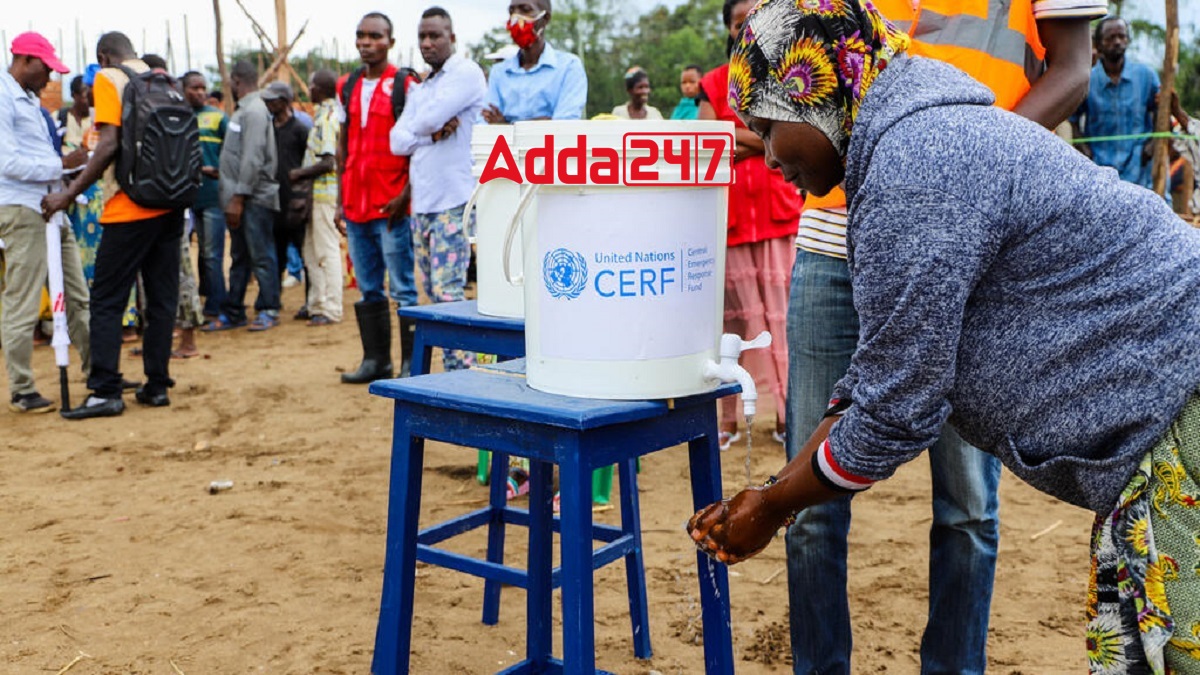The United Nations has allocated $100 million from the Central Emergency Response Fund (CERF) to address critical humanitarian needs in 10 countries across Africa, the Middle East, Asia, and the Caribbean. Acting UN humanitarian chief Joyce Msuya emphasized the dire need for this funding, noting that a lack of resources is hindering aid agencies from providing essential life-saving assistance.
Funding Breakdown
Yemen ($20 Million) and Ethiopia ($15 Million): These countries are receiving over one-third of the total funding. Yemen is in its 10th year of civil war, while Ethiopia faces internal conflicts and ethnic insurgencies.
Myanmar ($12 Million), Mali ($11 Million), Burkina Faso ($10 Million), Haiti ($9 Million), Cameroon ($7 Million), and Mozambique ($7 Million): Funds are designated for humanitarian operations in these regions plagued by long-term conflict and climate-related issues.
Burundi ($5 Million) and Malawi ($4 Million): These countries are experiencing severe food insecurity due to El Niño-induced drought and flooding.
Funding Trends and Gaps
This allocation marks CERF’s second $100 million release this year. The first was in February, supporting Chad, Congo, Honduras, Lebanon, Niger, Sudan, and Syria. The total $200 million released this year is the lowest in the past three years, highlighting a growing disparity between humanitarian needs and available funding.
Humanitarian Funding Shortfalls
The global humanitarian community has requested $49 billion to aid 187 million people in crises this year but has only received 29% of this amount, leaving a significant $35 billion gap.
Climate Action and Future Outlook
The allocation also includes support for climate-smart humanitarian actions through CERF’s Climate Action Account, launched at COP28. This initiative aims to provide timely, impactful support for climate-related emergencies, including anticipatory action and resilience-building projects.
About CERF
Since its establishment in 2005, CERF has provided $9.3 billion to assist hundreds of millions of people in over 110 countries, including $3.2 billion for underfunded crises. It remains a vital tool for rapid humanitarian response, with an annual funding target of $1 billion.




 German Chancellor Friedrich Merz to Visi...
German Chancellor Friedrich Merz to Visi...
 India Introduces New e-Business Visa for...
India Introduces New e-Business Visa for...
 China Commissions a New Missile Destroye...
China Commissions a New Missile Destroye...







